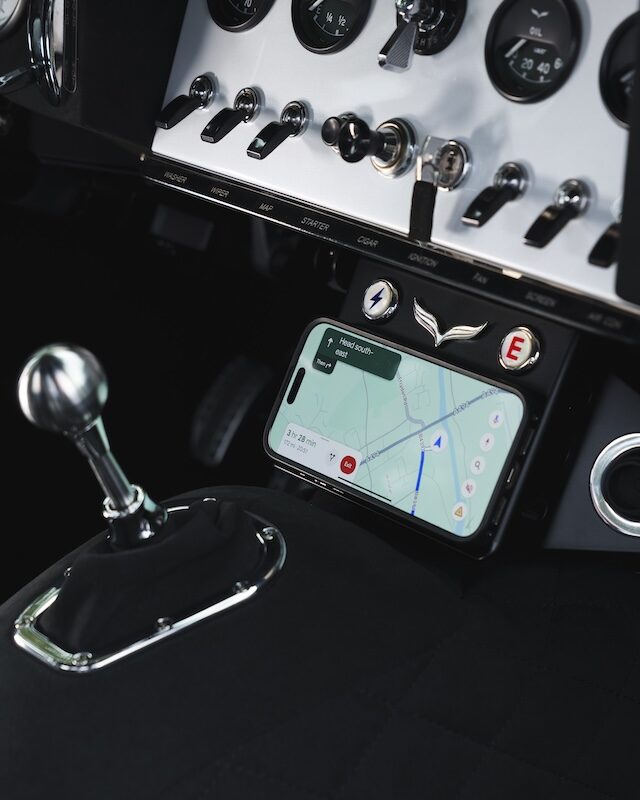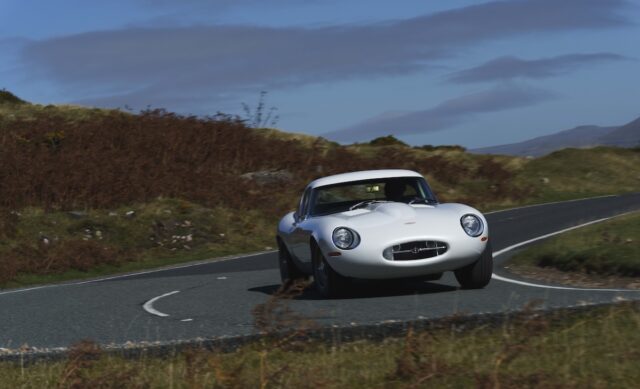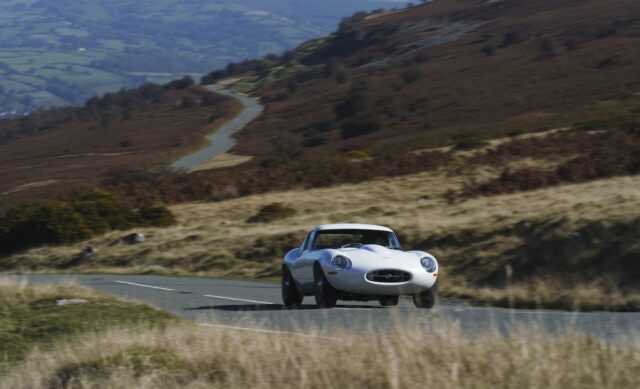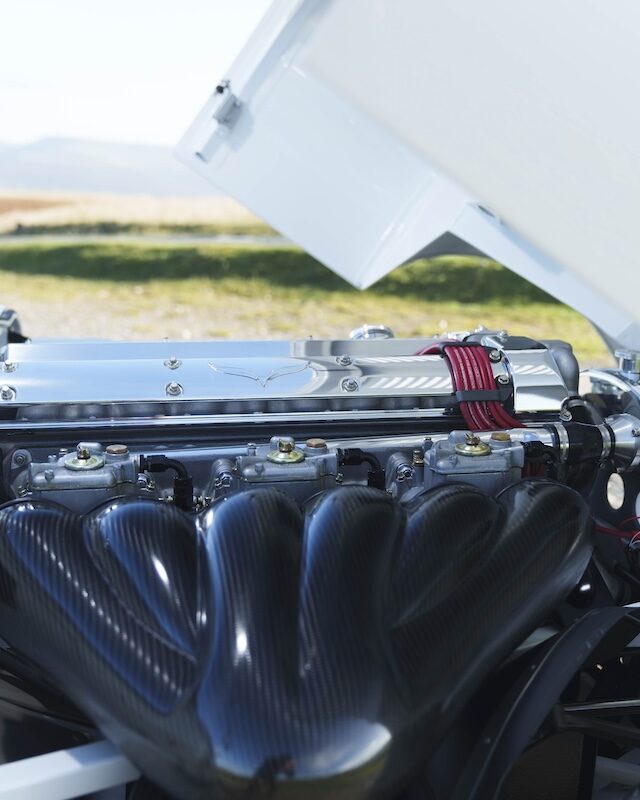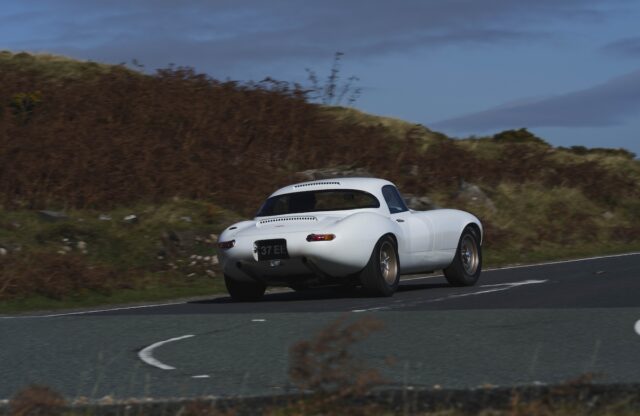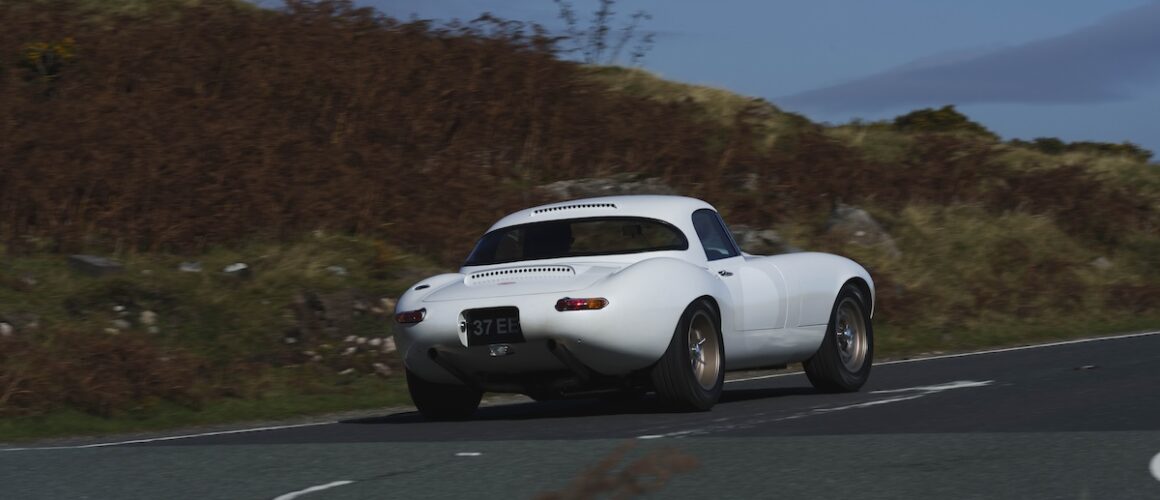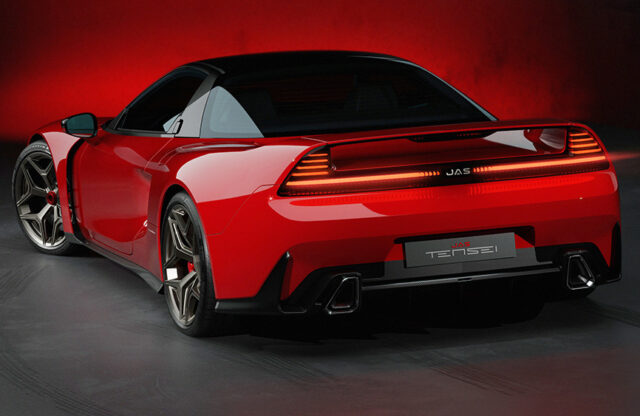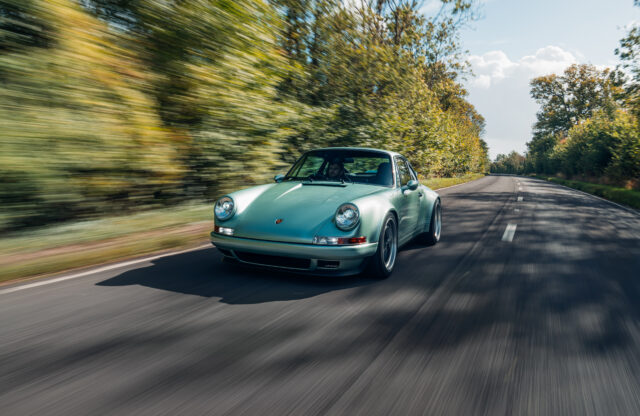Special-bodied E-types don’t come along often from Eagle – but when they do, we sit up and take notice. We’ve driven them all over the years, and this car is the very latest.
A bit of background for you: irrepressible E-type obsessive Henry Pearman started Eagle in 1984 and created his first upgraded restoration in 1991. Eagle now restores four E-types a year to bespoke specification. These cars are fully re-engineered and upgraded for much-improved driving, comfort and performance, but they retain the original bodystyle and the six-cylinder XK engine.
In 2008, one customer asked for something extra special, though; this ended up as the alloy-bodied, open-topped Speedster, on which no single panel was the same as an original. That was followed by the equally bespoke Low Drag GT, the Spyder GT and then – in 2019 – the Lightweight GT. That last one is, as the name suggests, Eagle’s road-going take on the 12 race Lightweight E-types Jaguar built for racing in 1963 and ’64.
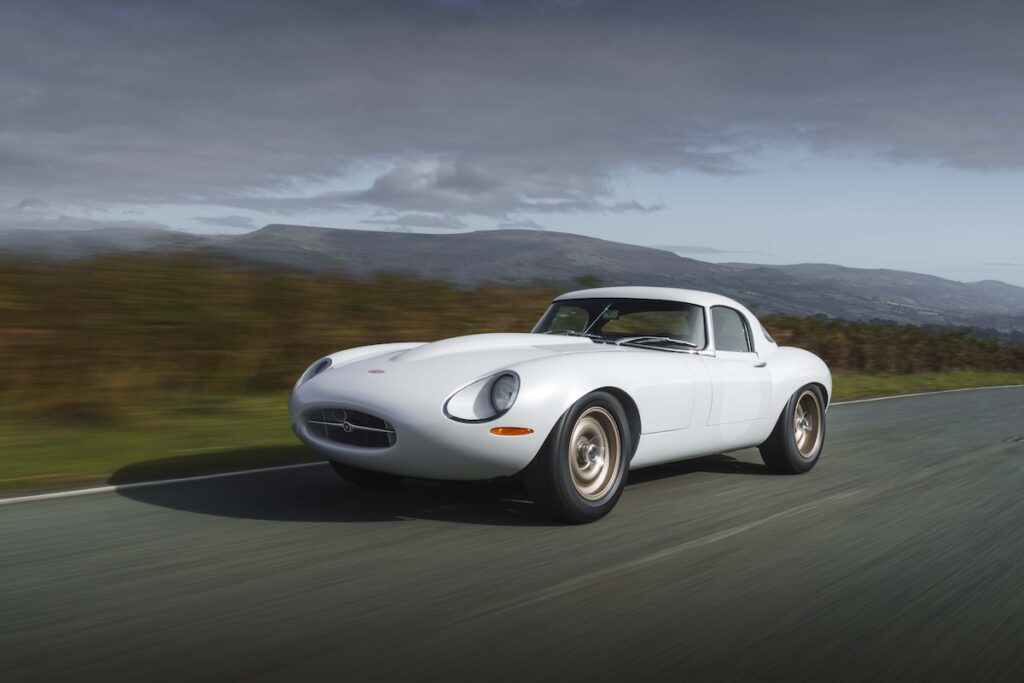
The Works cars were all Roadsters fitted with a hard-top, roof and boot vents plus centre-lock wheels; Eagle’s Lightweight GT has the same styling cues but the rear bodywork is curvier, the front and rear screens more steeply raked, the hard-top better integrated and lower profiled, the peg-drive wheels larger and wider, and the running gear seriously upgraded.
The first Lightweight GT, which we drove for Magneto issue 7 in 2020, weighed 1017kg (2242lb) – around 30 percent lighter than a standard E-type Roadster. The thinking at the time was that Eagle’s neat air-conditioning fitment would have had to be sacrificed to get the Lightweight GT under 1000kg (2204lb). We loved it.
However… one customer then challenged Eagle to build a Lightweight GT with a little more of a race feel, although it still had to be usable on the road. It also had to have air-con, triple Weber carbs, the D-type wide-angle, big-valve cylinder head, race-type cut-out switches and an exposed alloy fuel cap… and it absolutely had to come in at under 1000kg.
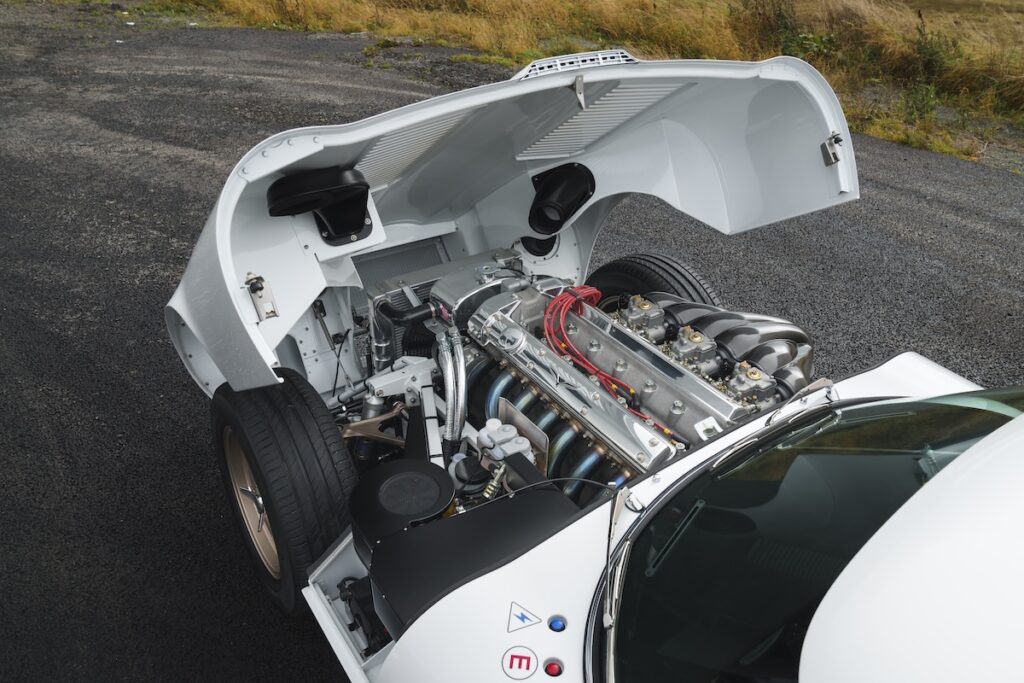
Challenge accepted! Eagle set about reducing the weight, from an already premium spec that included optional magnesium rear hub carriers, sump, bellhousing, gearbox and diff casings, plus tubular rear wishbones, Inconel manifolds, titanium exhausts, hollow driveshafts and a lithium battery.
To those were added specially developed titanium wheel hubs and carbon-ceramic brakes, lightened versions of Eagle’s magnesium rims, alloy seat shells, honeycomb material in place of plywood for the boot floor and almost countless titanium and drilled or cut-down components.
The result? An incredible 930kg (2050lb) dry or 975kg (2150lb) with fluids. And does it make a difference? Well, over a stock E-type the newcomer is light and dark. It’s much, much quicker, it steers, rides and stops in a different league, its five-speed ’box makes for far better cruising and it sounds like… heaven. A rather noisy heaven, admittedly.
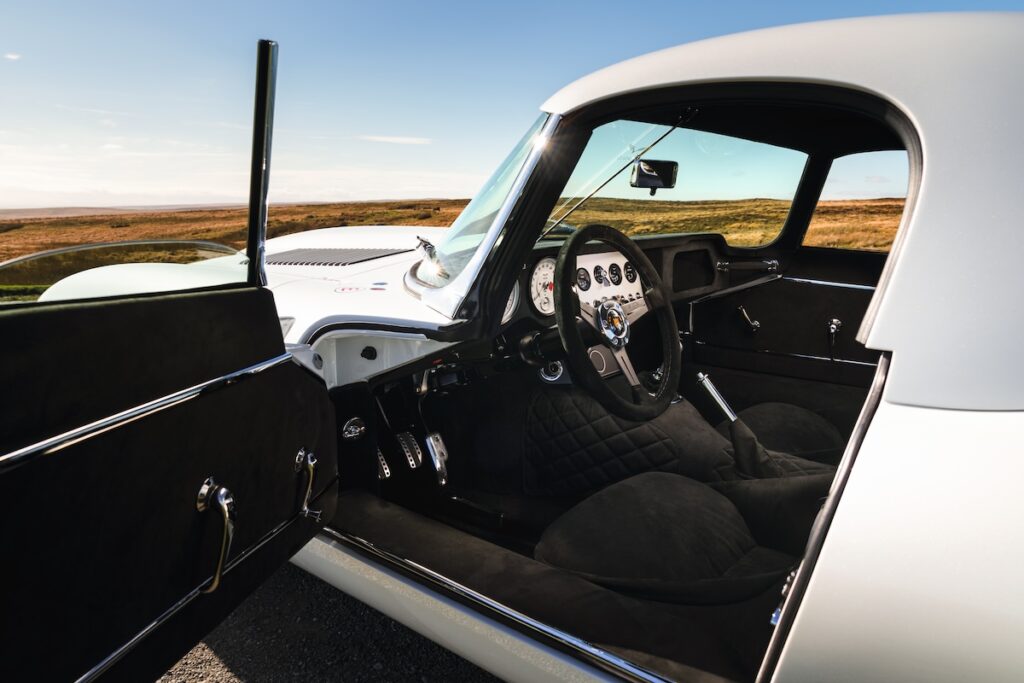
Compared to that first Lightweight GT we drove, Eagle MD Paul Brace says it’s discernibly more compliant and responsive – but without driving them back to back I can’t comment on that. It will rev higher, though, due to using titanium connecting rods in the bored and stroked 4.7-litre 400bhp engine; with the lighter weight, this makes the model feel even more potent.
For these reasons, this car, the third Lightweight GT built, has now gained an ‘R’ to its name and a significant premium on top of the usual £950,000 price. It would be difficult to imagine a more exhilarating E-type on the road.
More details at www.eaglegb.com.
The full road test and specifications of the GTR by David Lillywhite can be found in Octane issue 270.
